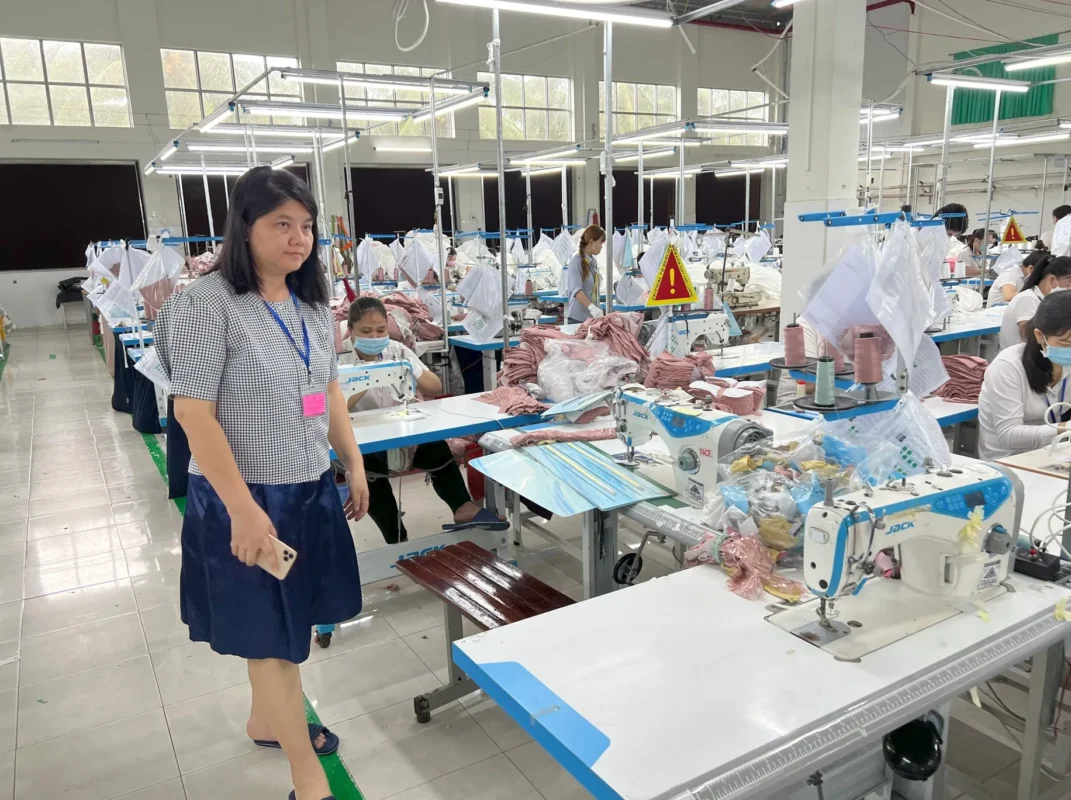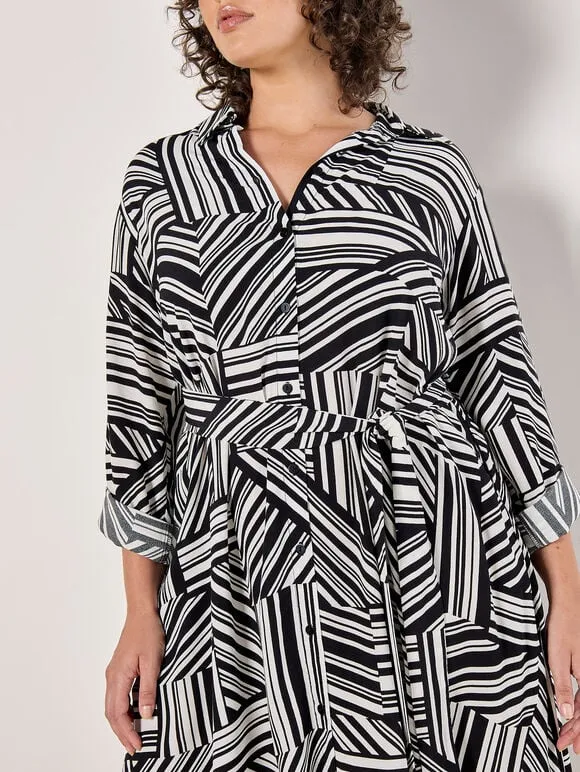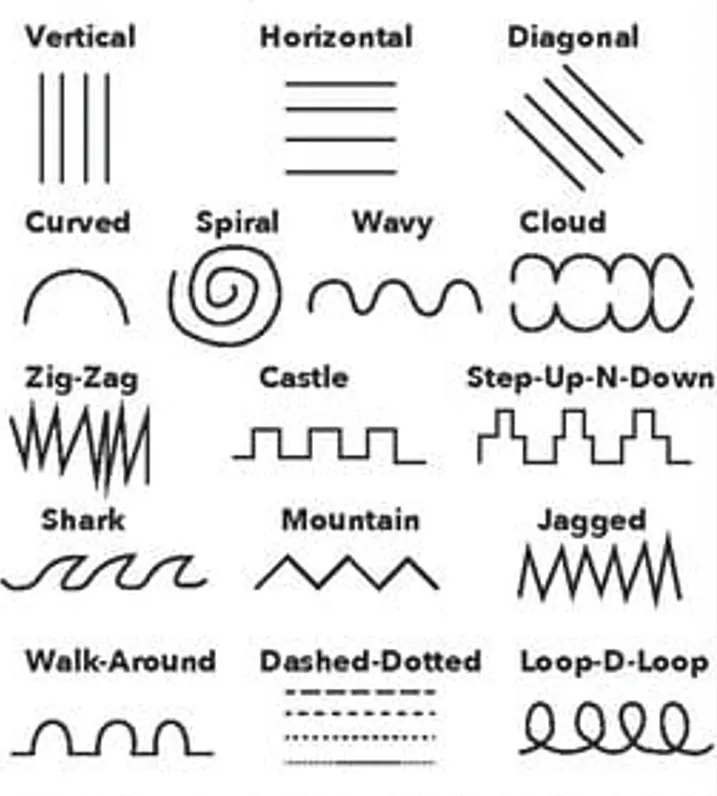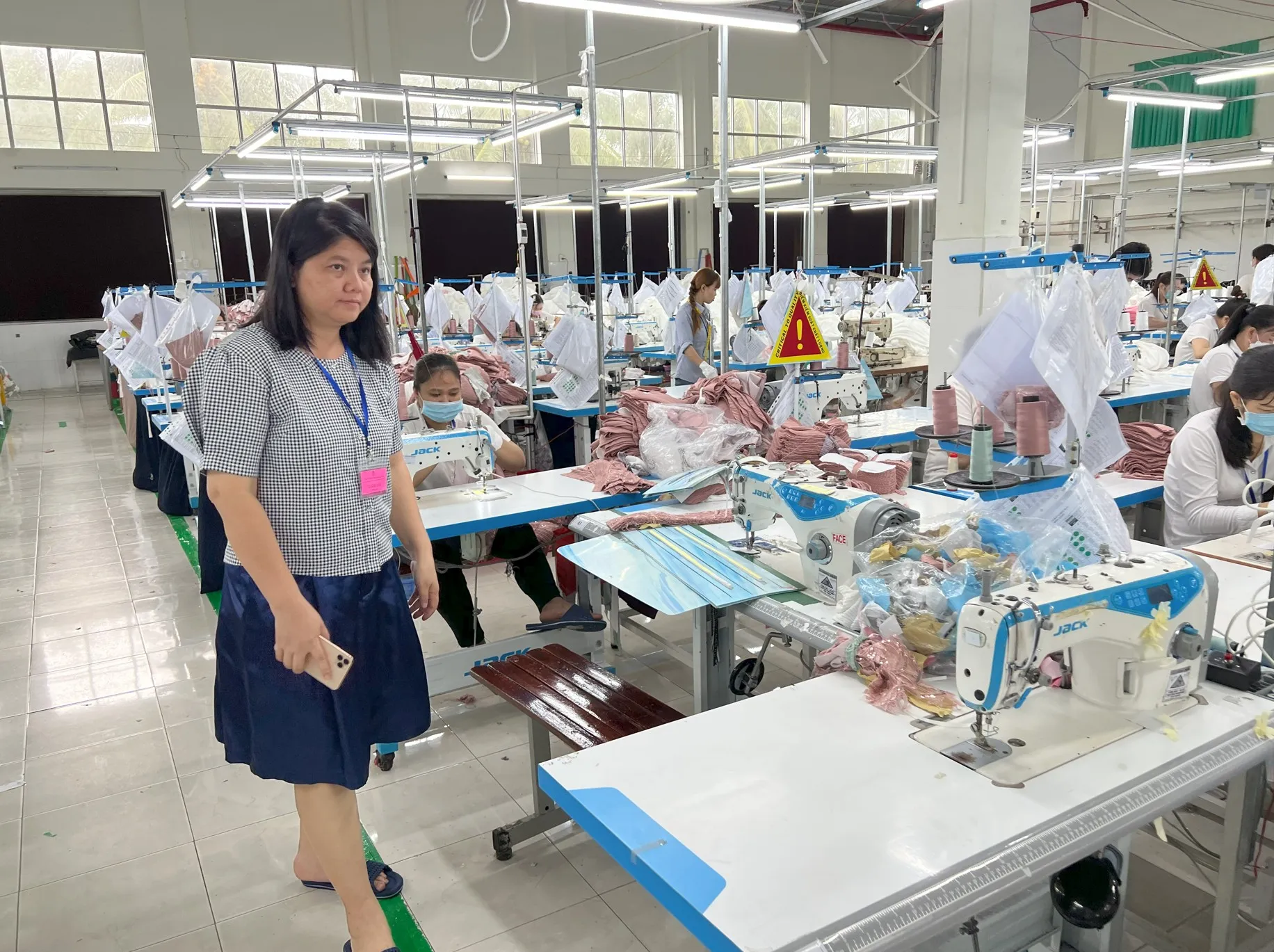
The fashion industry isn’t just about clothing—it’s a global powerhouse built on creativity, marketing, supply chains, and consumer behavior. While it brings opportunity and innovation, it also faces serious challenges. To understand this complex world, let’s break it down by looking at each key factor shaping the fashion business today.
The 6 Pillars of the Fashion Industry
Design & Creativity:
Every piece of fashion begins as a spark—an idea sketched on paper, inspired by the world around us. Design and creativity aren’t just the starting point of fashion—they are its soul. This is the phase where art meets function, and imagination becomes wearable reality. It’s not just about making clothes look good; it’s about telling a story, expressing identity, and pushing boundaries.
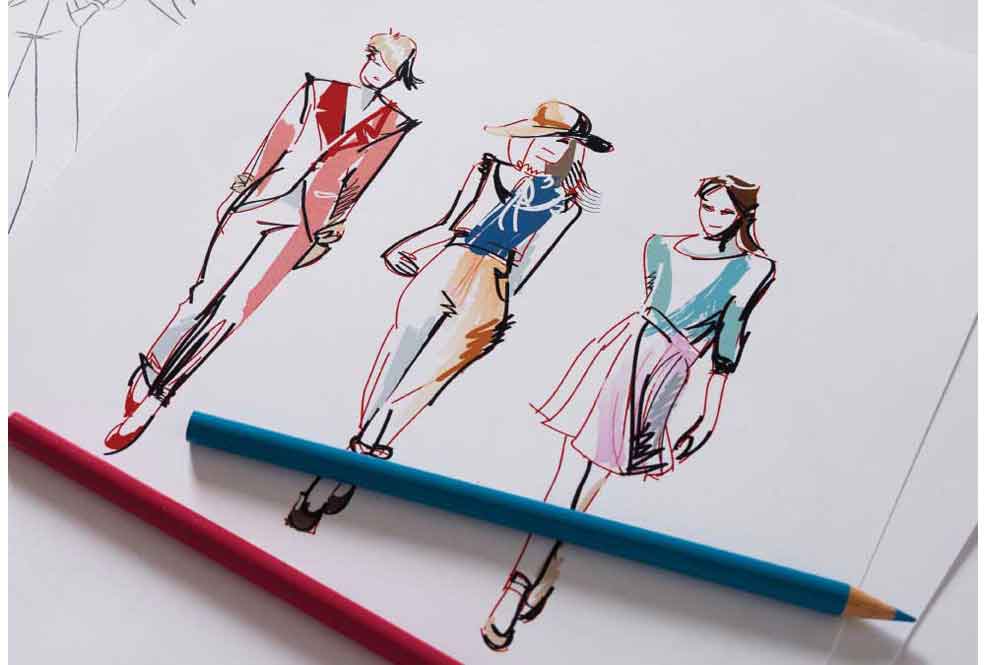
Fashion designers take on the role of visionaries and storytellers. Their inspiration can come from anywhere—historic events, street culture, personal emotions, political movements, nature, architecture, or even social media. For instance, a designer might blend Vietnamese traditional áo dài motifs with modern silhouettes to make a bold cultural statement, or they might use sustainable materials to reflect environmental values.
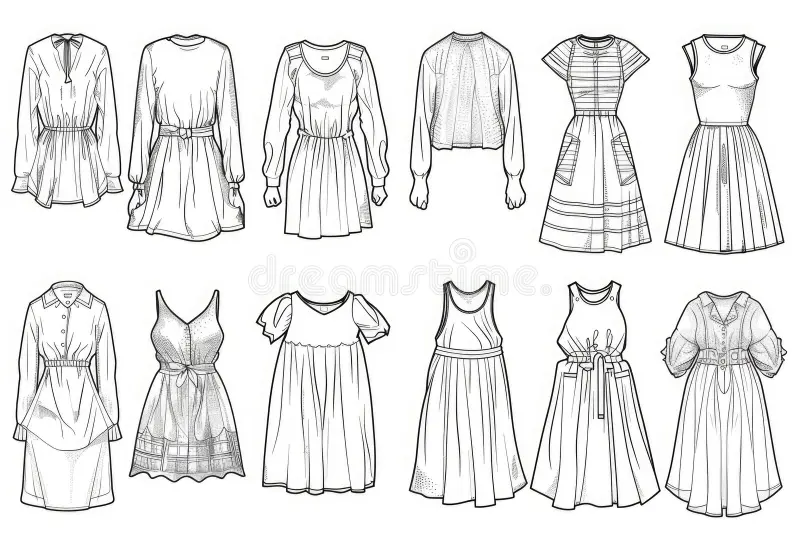
Once inspired, designers move into technical development, creating mood boards, selecting fabrics, sketching silhouettes, and refining patterns. The process includes:
- Trend forecasting: analyzing upcoming colors, styles, and themes for future seasons.
- Material selection: choosing the right fabric, texture, and finish to match both design and functionality.
- Prototyping: developing samples and adjusting fit, shape, and details through several iterations.
This phase requires a balance between creativity and commercial sense. Designers must stay true to their vision, but also ensure the end product meets market demand, fits properly, and is manufacturable at scale. A design that’s beautiful but too costly or impractical won’t succeed in the real world.
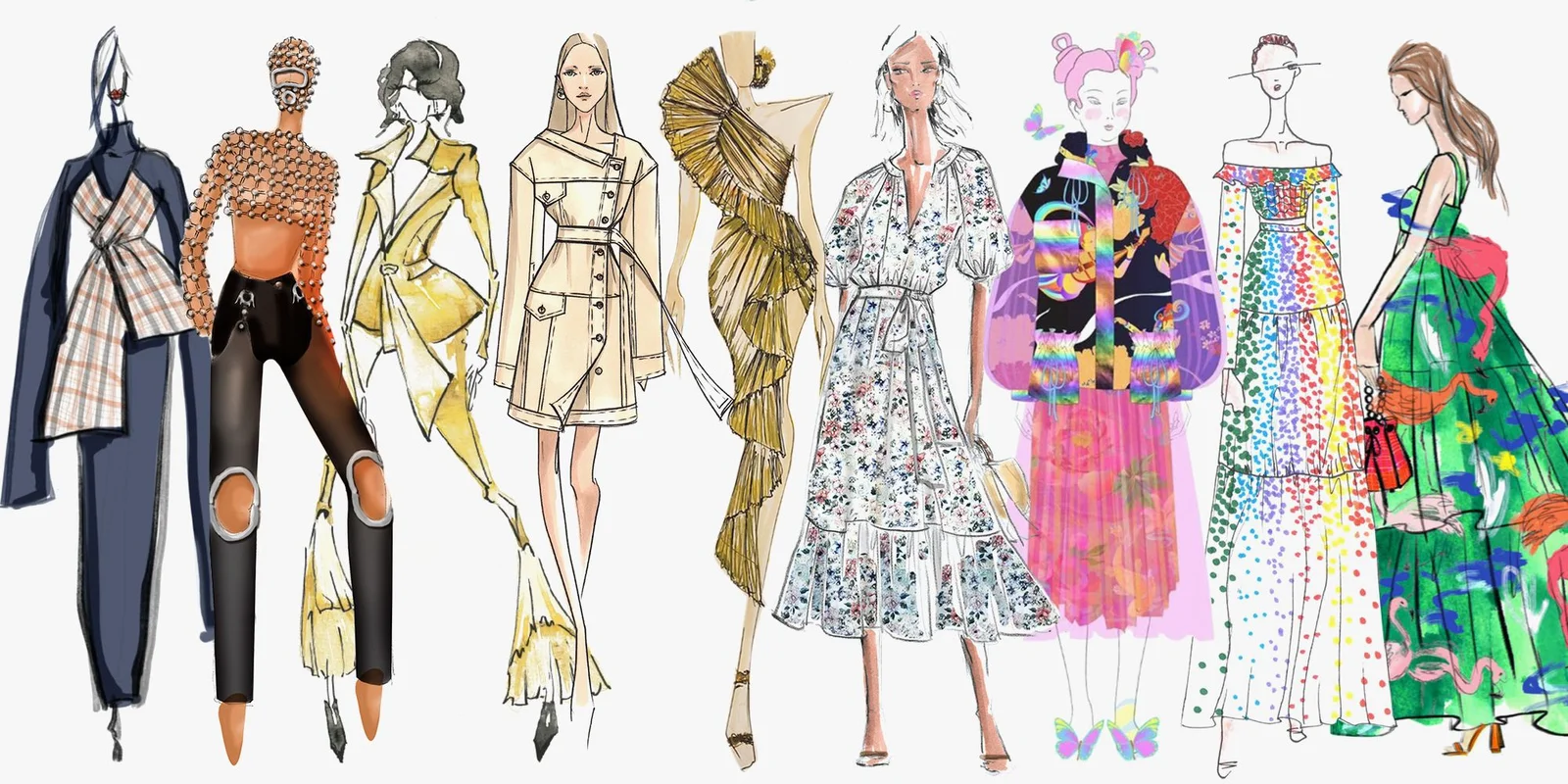
In recent years, technology has also become a powerful tool in the creative process. Designers now use 3D modeling software like CLO or Browzwear to visualize garments digitally before ever cutting fabric. AI is also helping designers explore patterns, color palettes, and even generate ideas based on consumer behavior. Ultimately, the role of design in fashion is not just to make clothes—it’s to shape culture, reflect the times, and offer consumers a way to express who they are or who they want to be.
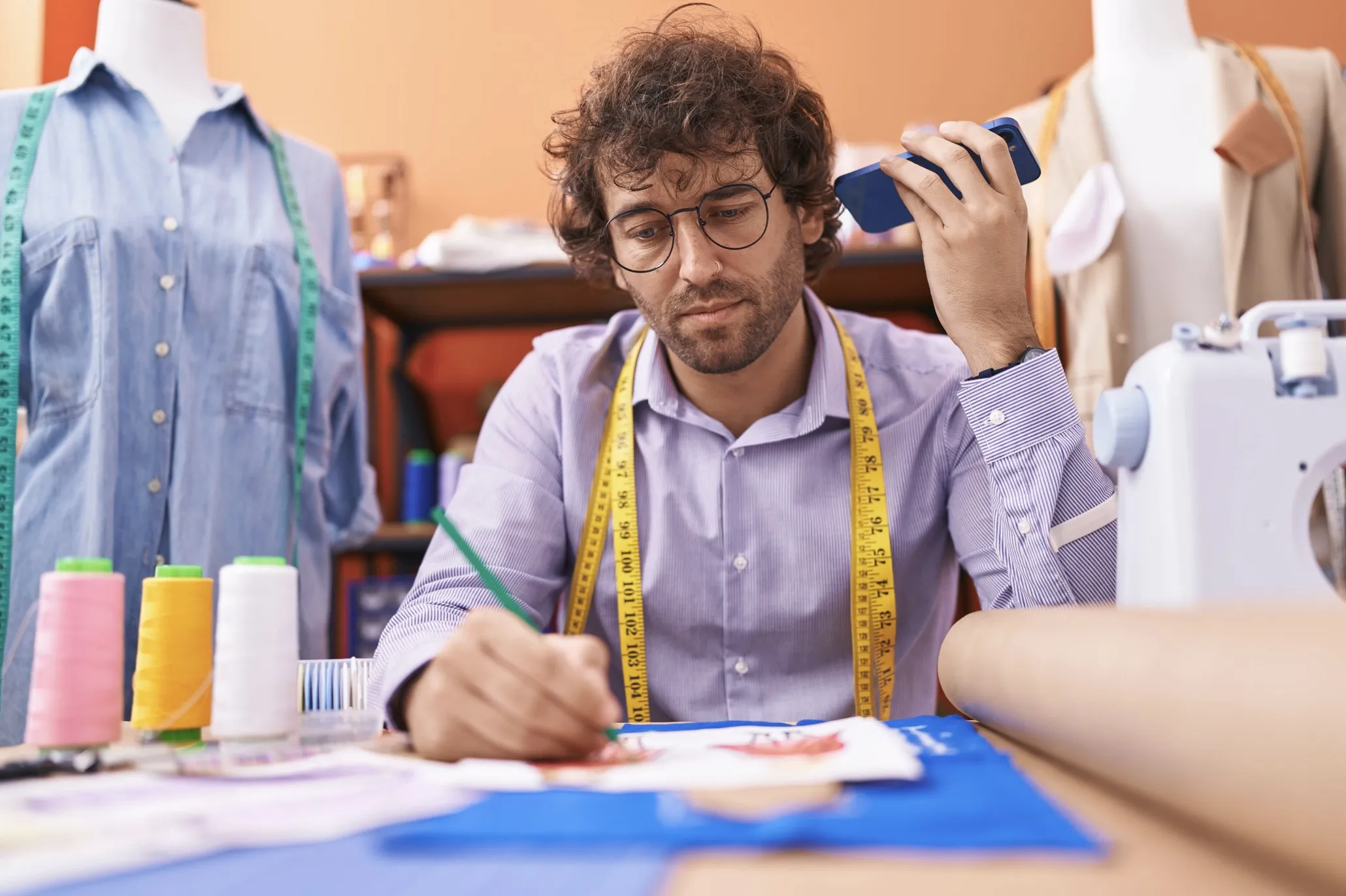
Manufacturing & Production:
Once the design is approved, it’s time to turn ideas into real products. This stage includes sourcing materials, cutting patterns, sewing garments, and finishing details. It’s where creativity meets craftsmanship and logistics. Brands may produce items in-house or outsource to factories in countries like Vietnam, Bangladesh, or China. Outsourcing can reduce costs but also requires close attention to quality, delivery times, and labor standards. Efficient production balances cost, speed, and quality. Today, many brands also focus on ethical sourcing and sustainable practices, using certified factories and eco-friendly materials. Technology is reshaping this space too—with automation, digital fabric cutting, and on-demand production reducing waste and boosting speed. In short, manufacturing turns the vision of fashion into wearable reality.
- Once designs are locked in, the focus turns to bringing them into reality—selecting fabrics, cutting patterns, stitching, and finishing.
- Companies may own production facilities or outsource to global factories, balancing cost, speed, and quality across geographies.

The process begins with material sourcing. Manufacturers work with suppliers to select fabrics, trims, buttons, zippers, and other components that align with the designer’s vision, functional needs, and cost targets. Decisions made here affect not just appearance and comfort, but also the garment’s durability, washability, and environmental footprint.
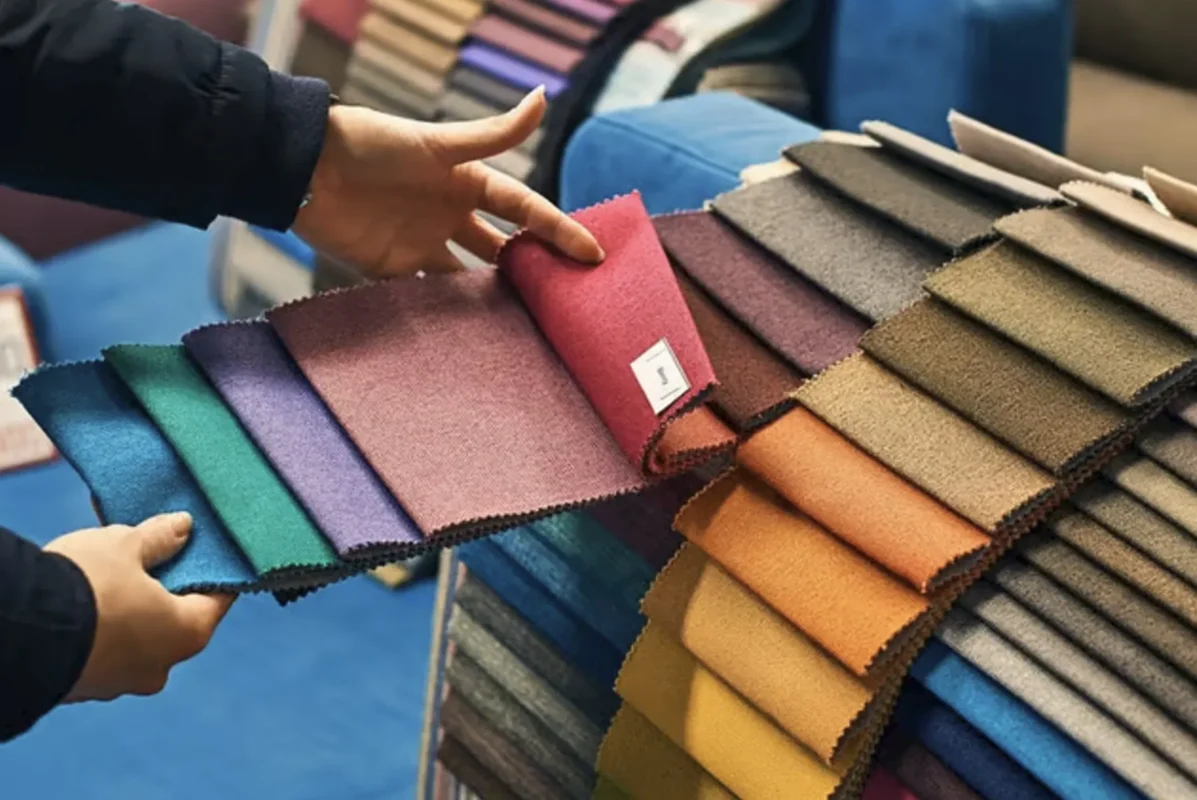
Next comes pattern making and cutting. Expert technicians translate 2D designs into templates that can be used for mass production. These patterns are laid out on fabric using optimized layouts to minimize waste—often with the help of computer-aided design (CAD) software. Cutting may be done manually or with automated machines for higher precision and efficiency.

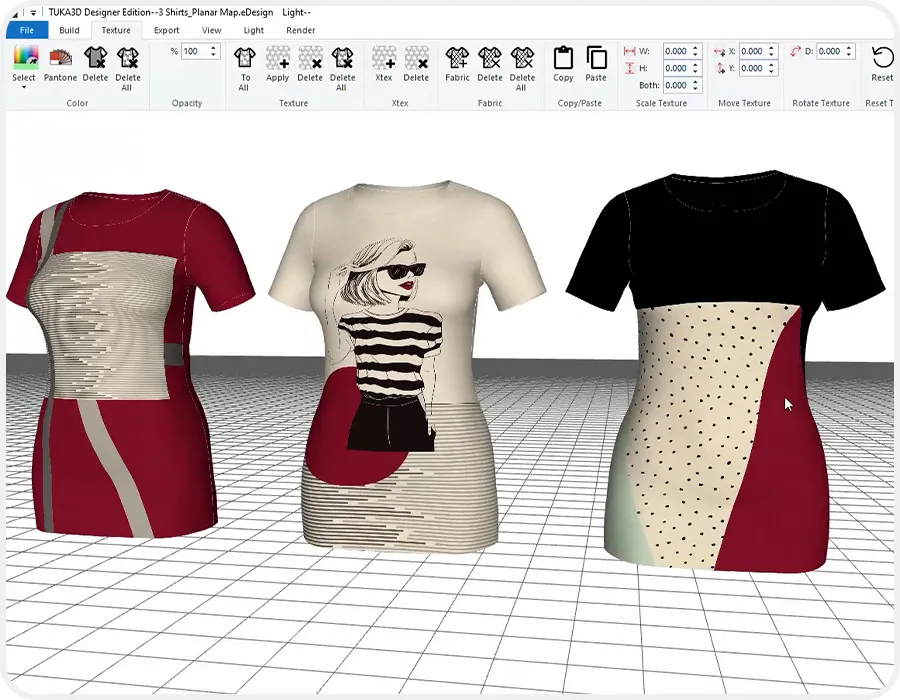
Then, the cut pieces move into sewing and assembly lines. Here, skilled workers stitch the garments together, following specific instructions for each step. Quality control is embedded throughout to ensure seams are strong, measurements are consistent, and finishes meet brand standards.
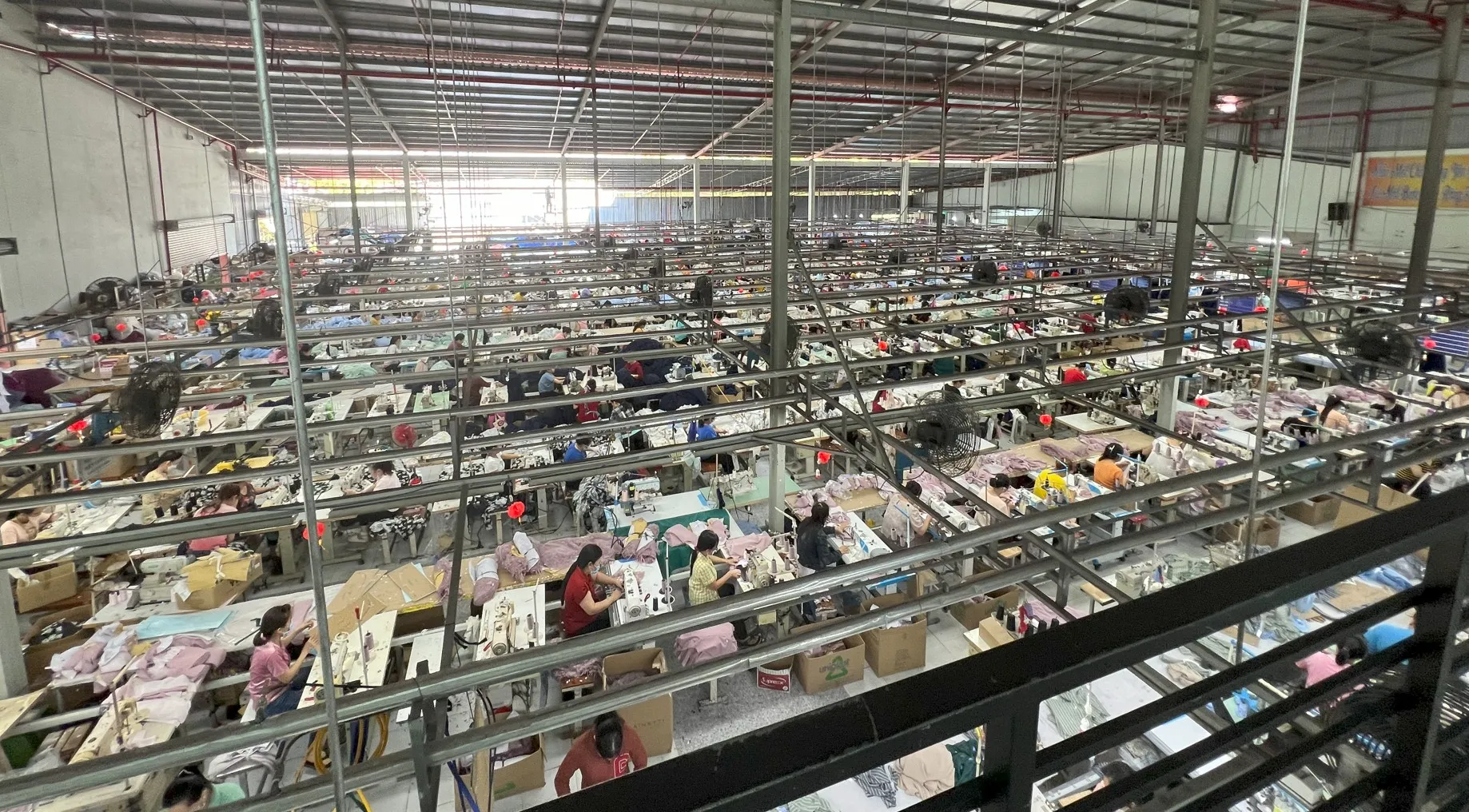
Production can be handled in-house (if the company owns its factory), or more commonly, outsourced to factories around the world, particularly in countries with large garment industries such as Bangladesh, Vietnam, China, India, and Turkey. Outsourcing offers cost advantages and scalability but also comes with challenges:
Supply Chain Management:
The fashion supply chain connects every stage—from raw materials to store shelves. A smooth, efficient supply chain ensures that designs reach consumers quickly and in perfect condition. This process includes planning inventory, managing logistics, and tracking production timelines. Delays or disruptions can affect launch dates, while good coordination keeps costs down and customer satisfaction high. => Coordinating materials and delivery from source to shop is a logistical puzzle. A smooth supply chain ensures products arrive on time, are stored efficiently, and reach consumers smoothly.

This stage is more than just shipping clothes—it’s about careful coordination of people, processes, and technology across multiple locations, often spanning continents. It begins with sourcing the right fabrics and trims from trusted suppliers, often in one country, then shipping them to factories in another for production. Once manufacturing is complete, the finished garments are transported to warehouses or distribution centers, and finally delivered to stores or online customers
A strong supply chain requires detailed planning—especially for inventory and demand. Brands need to predict how much stock they’ll need months in advance, often before knowing which styles will become hits. This forecasting must be paired with accurate scheduling, as any delay in one part of the chain (for example, a fabric delivery arriving late or customs clearance being held up) can delay an entire season’s product launch.
Efficiency is critical—not just for meeting deadlines, but for keeping costs under control. Late deliveries, lost shipments, or poor inventory management can lead to expensive rush fees, missed sales windows, and unhappy customers. On the flip side, a smooth supply chain keeps shelves stocked, customers satisfied, and profits healthy.
In today’s fast fashion environment, where trends can come and go in weeks, the pressure on supply chains is even greater. Brands must respond quickly to consumer demand while also managing the risks of overproduction and waste. This means investing in technologies like real-time tracking systems, inventory management software, and automated warehousing to stay flexible and competitive.
Marketing & Brand Identity:
A beautiful product won’t sell without smart marketing. In fashion, building a strong brand is just as important as the clothes themselves. Brands use storytelling, visual identity, influencer partnerships, and social media to connect with customers. Successful marketing builds loyalty and helps brands stand out in a crowded market. => Strong branding keeps customers loyal. Today, savvy marketing blends traditional advertising with influencer campaigns, social media storytelling, and experiential retail to build trust and recognition.
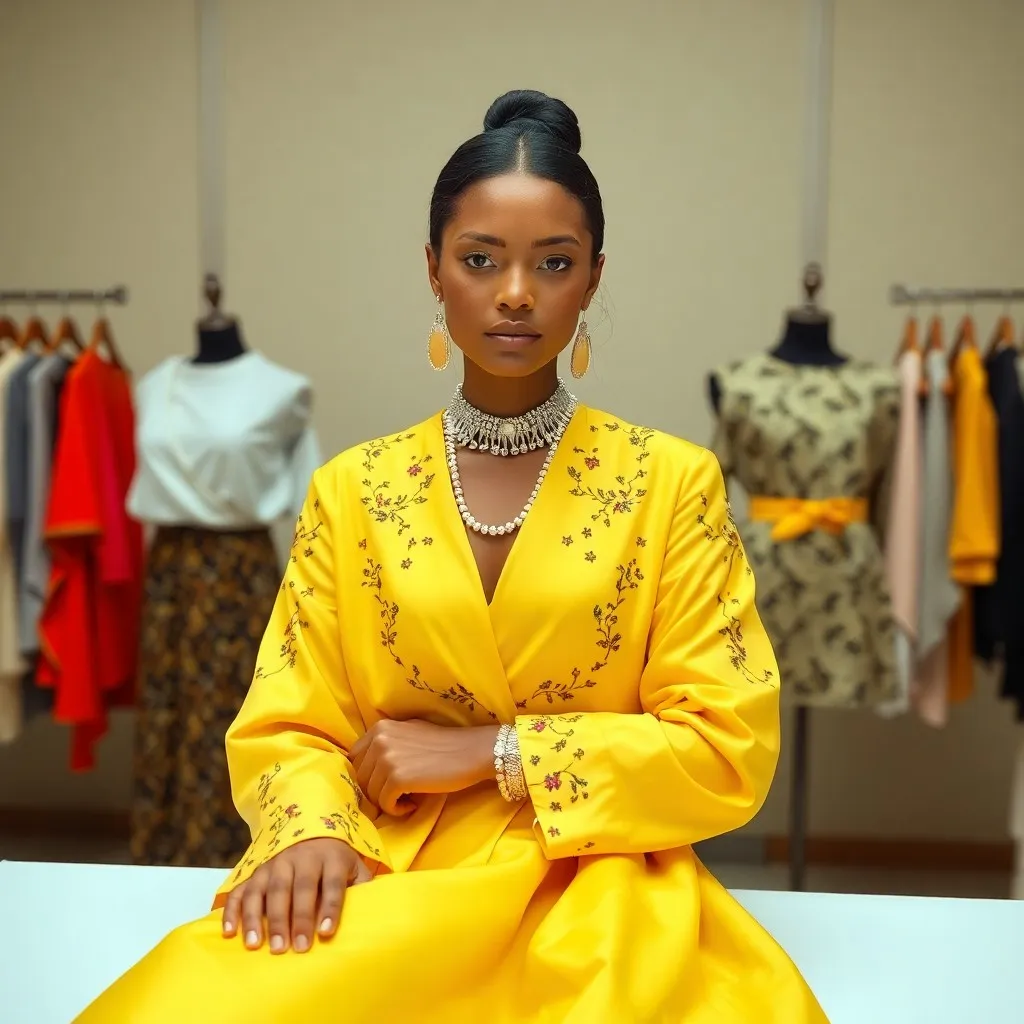
A strong brand doesn’t just sell clothes—it tells a story. Through a carefully crafted visual identity, a fashion brand communicates who it is, what it stands for, and why it matters. From the logo and color palette to the tone of voice used in ads and captions, every detail plays a role in creating a brand personality that customers can relate to. Think about how instantly recognizable brands like Nike, Gucci, or Uniqlo are—their identities are not just visual but emotional.

Marketing is how that identity reaches the world. Today’s most successful fashion brands use a mix of traditional and modern methods to create meaningful connections with their audience. Print ads and TV spots still have value, but digital platforms—especially social media—have become the center stage. Through platforms like Instagram, TikTok, and YouTube, brands can showcase their products in real-time, share behind-the-scenes moments, and interact directly with fans.

Influencer marketing has become especially powerful. A single post by the right fashion influencer or celebrity can spark trends, drive sales, and dramatically boost brand visibility. These collaborations feel personal and relatable, making the brand more accessible to everyday consumers.

Beyond online content, brands are also turning to experiential marketing—pop-up shops, fashion shows, or immersive store experiences that let customers engage with the brand in memorable ways. These moments create emotional connections and turn casual shoppers into loyal fans.
Retail & Distribution:
Getting the product to customers is the final step—but it’s more than just placing clothes on shelves. Retail is about creating a shopping experience that reflects the brand. Whether it’s a flagship store, a small boutique, or an e-commerce site, the way a product is sold matters. Today’s retailers focus on user-friendly websites, personalized experiences, and blending online with in-store shopping. => From brick‑and‑mortar stores to online platforms, fashion brands tap into diverse channels. Each one uses layout, customer service, and digital UX to sway buyer choices.

Retail is the moment when customers physically or virtually interact with the product. This could happen in a flagship store in a city center, a cozy boutique in a neighborhood district, or an e-commerce platform accessible anywhere in the world. No matter the channel, the way the brand presents itself in that space—through store design, product arrangement, digital interface, and customer service—plays a big role in shaping how people feel about the brand.
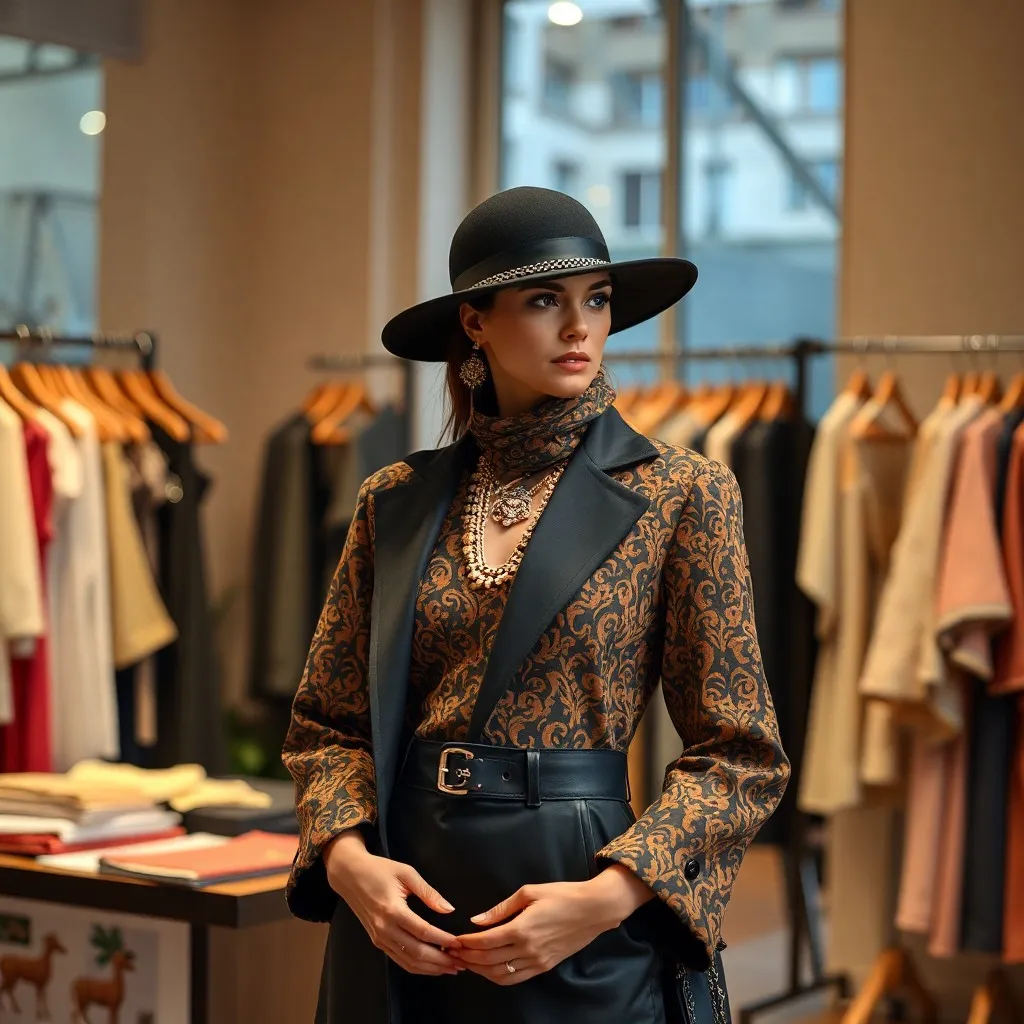
Today’s shoppers expect more than convenience. They want personalized experiences, seamless service, and consistency between the online and in-store journey. That’s why many fashion brands are blending physical and digital strategies—offering options like in-store pick-up, easy returns, and AI-based recommendations online. A user-friendly website with fast loading, detailed photos, customer reviews, and secure checkout is just as important as a beautifully curated retail space. Retailers are also experimenting with new formats, like pop-up shops, mobile boutiques, and even live-stream shopping, especially in markets like China. These formats bring freshness and urgency, encouraging spontaneous purchases and strengthening brand excitement.
Consumer Trends & Demand:
Trends come and go, but knowing what consumers want—before they even say it—is a fashion brand’s superpower. Consumer preferences are shaped by celebrities, social media, and cultural shifts. Brands must research, analyze, and adapt quickly to stay relevant. The faster a company can spot a trend and deliver it, the stronger its competitive edge. => Tastes evolve fast, often fueled by media, celebrities, and cultural moments. Brands must track, respond to, and—ideally—anticipate these shifts.
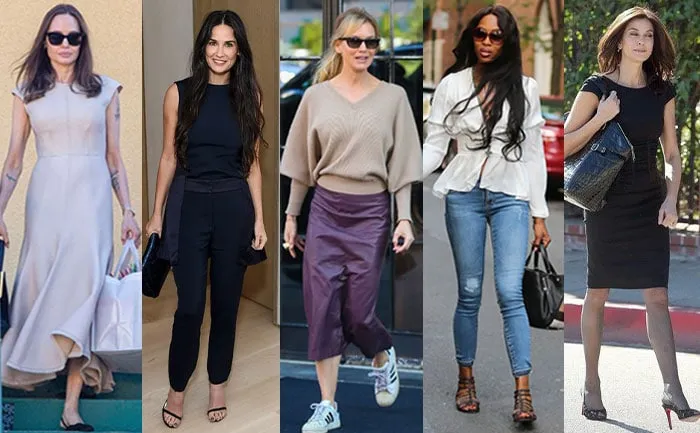
Consumer demand is constantly shaped by a mix of influences: celebrities, social media platforms, fashion influencers, music, movies, and even political or environmental events. A dress worn by a famous singer in a viral video can sell out within hours. A new social movement can inspire entire collections focused on body positivity, sustainability, or cultural identity.
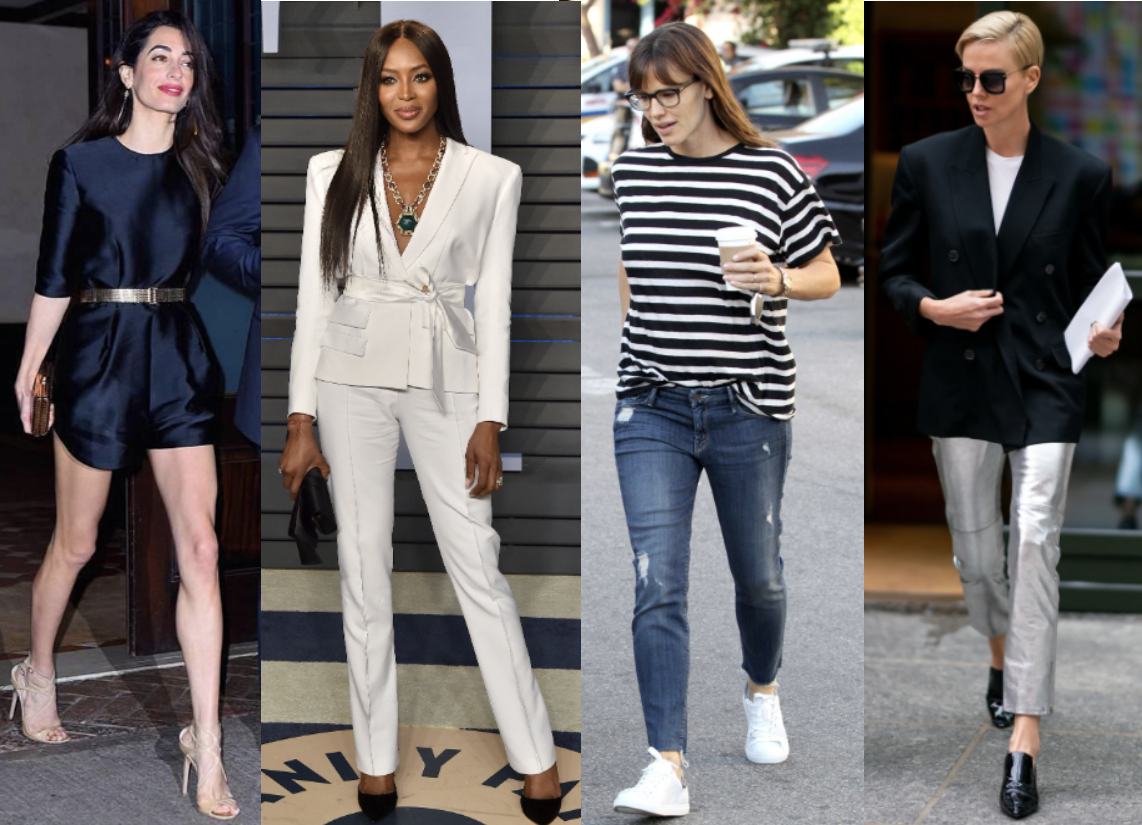
Fashion brands must stay alert to these shifts. They rely on trend forecasting agencies, real-time social media listening, and even artificial intelligence to study patterns in consumer behavior. The ability to collect and interpret this data—what people are buying, posting, liking, and wearing—helps companies adjust their product lines, marketing strategies, and inventory planning.
But it’s not just about chasing trends. The smartest brands use these insights to shape their long-term identity, while still offering newness that excites their audience. They balance timeless pieces with fast-turnover styles, giving consumers both stability and novelty.


